Essential Snorkeling Gear for Hawaii: Best Equipment List
One of the most common inquiries from those looking to explore Hawaii’s underwater is about the essential snorkeling gear required for an unforgettable experience. As passionate snorkelers and divers who have traversed the vibrant Hawaiian waters countless times, we’ve distilled our knowledge and expertise into this comprehensive guide. Here, you’ll find everything you need to know about selecting the right equipment to enhance your snorkeling journey in Hawaii.
Snorkeling in Hawaii is a captivating experience, showcasing a vibrant underwater world accessible in the island’s inviting warm waters. Proper gear, including a snug mask, a comfortable snorkel, and efficient fins, is crucial for safety and to appreciate the marine splendor without distraction. Whether to buy or rent equipment depends on personal preference and frequency of use; Hawaii offers many convenient rental options. Comfort and safety are key, so familiarize yourself with local sea conditions and consider extra protective items like wetsuits or rash guards for an optimal snorkeling adventure.
Affiliate Disclaimer: Some links on this blog are affiliate links. This means that, at no additional cost, the author may earn a small commission if you purchase through these links. As an Amazon Associate, I earn from qualifying purchases.
Key Takeaways for Snorkeling Gear For Hawaii
- Invest in the right gear to maximize your snorkeling experience in Hawaii’s clear waters.
- Consider the pros and cons of buying versus renting equipment to best suit your needs.
- Ensure safety measures and comfort through proper knowledge and additional helpful items.
Choosing the Right Snorkeling Gear
When snorkeling in Hawaii, having the right gear that fits well and enhances your underwater experience is crucial. Comfort, visibility, and safety are paramount for an enjoyable snorkeling adventure.
Snorkel Sets and Equipment
When selecting a snorkel set, the key components are a mask, a snorkel, and fins. A good mask should have a snug fit without feeling too tight, with mask skirts that provide a seal to keep water out. If you’re considering a full-face mask, be aware that while they provide a wide field of view, they might not be suitable for deep diving due to the pressure.
Snorkel is equally important. A dry snorkel comes with a purge valve to help remove water, preventing water from entering the snorkel tube when submerging. It’s a good choice for keeping water out altogether. As for fins, ensure they are comfortable for swimming without causing blisters or discomfort.
Prescription Masks and Visibility
If you wear glasses, consider getting a prescription snorkel mask. This game changer for clear underwater visibility fully lets you appreciate the vibrant coral and marine life. When examining a mask’s visibility, check whether the lens material provides a clear, undistorted view. Remember, the goal is to enhance your underwater viewing experience, so choose a mask that offers the best clarity.
Buying Gear vs. Renting Snorkeling Gear
When planning your Hawaiian snorkeling adventure, deciding whether to buy or rent snorkeling gear is a key consideration.
Pros of Renting:
- Convenience: You won’t have to pack bulky fins or worry about transporting wet gear after your snorkel sessions. Renting can be a convenient option directly at many beaches or diving shops.
- Cost-Effective: If snorkeling isn’t frequent, renting is often cheaper than purchasing full gear. This is especially true for a one-time experience.
Rental Tip: If you’re snorkeling at a specific location like Hanauma Bay, renting there can save you time.
Pros of Buying:
- Fit and Comfort: Buying ensures you have gear that fits well, which is important for masks to avoid leaks.
- Quality: Owning your gear means choosing higher-quality products that may provide a better snorkeling experience.
- Hygiene: Using your gear is more hygienic, as you have only used it.
Buying Tip: Consider purchasing at least the mask and snorkel and renting the fins in Hawaii.
Make sure to weigh the convenience against the potential cost and fit when choosing between buying or renting snorkeling gear for your Hawaiian adventure.
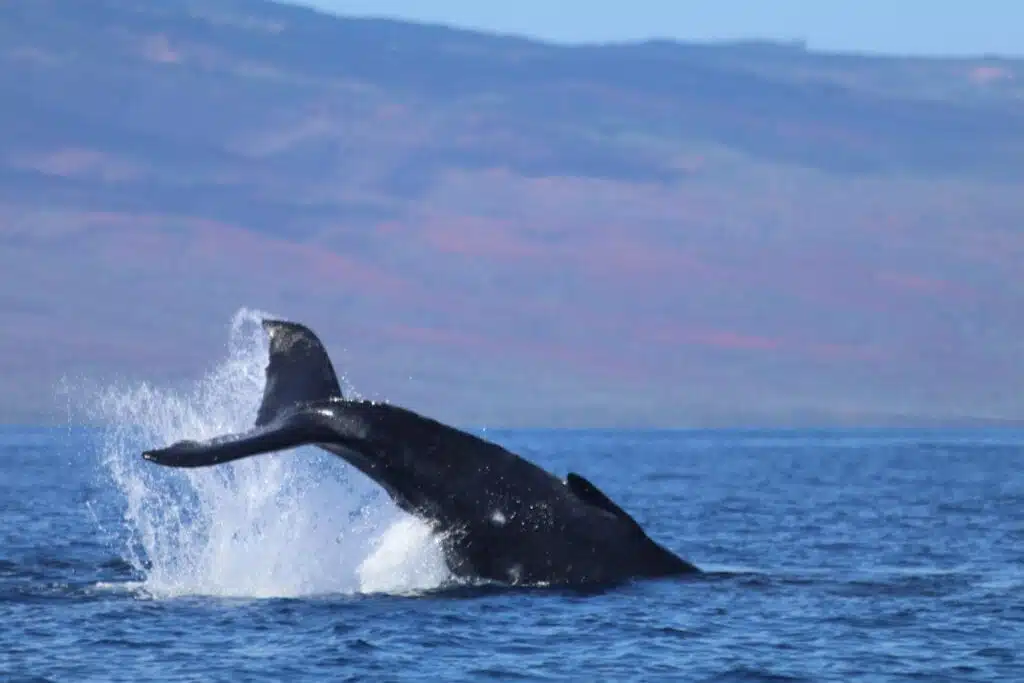
Essential Gear for Snorkeling
When preparing for a snorkeling adventure in Hawaii, having the right gear can make all the difference. Your experience will be greatly enhanced by ensuring you have essential items catering to enjoyment and safety.
What to Pack in Your Snorkel Bag
- Mask
- Snorkel
- Fins
- Swimsuit – bring at least 2 for your trip
- Reusable water bottle
- Repair Kit*
- Mask Anti-fogger
- Short or Long Sleeve rash guard
- Reef Safe Sunscreen
- SPF Lip Balm
*CT Tip: Make a small snorkel repair kit. You don’t want to leave your destination and realize you have broken equipment. We learned this the hard way a couple of years ago in St. John, USVI. My daughter’s snorkel clip broke, and we searched everywhere on the Island to find a replacement. In the end, we had to MacGyver it.
What to Pack in Your Dry Bag
- Dry clothes to change.
- Hat
- Sunglasses
- Snacks
- Portable Charge
- Beach Towel
Other Gear and Items to Consider Packing for Your Trip
When heading to Hawaii for snorkeling, there are additional items you might want to pack to ensure a smooth and enjoyable trip. Besides the basic snorkel, mask, and fins, consider the following:
- Reef-Safe Sunscreen: Protect your skin while safeguarding marine life with reef-safe sunscreen.
- Water Shoes: Sharp rocks and hot sand can be unpleasant; water shoes protect your feet in and out of the water.
- Dry Bag: Keep your belongings safe and dry during water activities with a dry bag.
Comfort and Safety Gear:
- Rash guard: For sun protection and protection against the coral
- Wetsuit: For extra warmth and sun protection. I prefer a shortie wetsuit for warmth.
- Flotation device: If you’re not a strong swimmer or for extra safety. Either use a snorkel vest or a noodle
- Waterproof camera: To capture underwater memories.
- Go Pro 12
- Float Strap or Float Stick
- Cell Phone waterproof case
- Snorkel belt
- Waterproof box
- Neoprene booties or fin socks
- Mask strap cover
- Swim cap or buff.
- Snorkel Watch
- Night snorkeling light
- Swim buoy
- Whistle
Apparel:
- Hat and Sunglasses: For sun protection above the waves
- Light rain jacket: In case of a tropical shower
- Quick-dry towel: Takes up less space and dries faster
Accessories:
- Snorkel Mesh Backpack
- Snorkel guidebook: Identify the fish and coral you spot
- Sand-free beach blanket
- Snacks and hydration: Saltwater and sun can dehydrate you quickly.
- First Aid Kit including:
- Hair ties
Remember, the goal is to enjoy the beauty of Hawaii’s underwater world while being prepared and comfortable. So, pack smart and dive into an incredible snorkeling adventure!
Where to Get Snorkeling Gear in Hawaii
When planning your snorkeling adventure in Hawaii, you can rent gear from numerous shops or purchase your own. Let’s explore where you can get what you need to dive into the underwater world.
Rental Shops vs. Buying Own Gear
Rental Shops: If you’re visiting Hawaii and looking to explore marine life without the commitment of buying, consider renting snorkeling gear. Many rental shops offer daily rentals, allowing you to snorkel at your leisure. One well-known spot is Snorkel Bob’s, which has locations on multiple islands, including Maui and the Big Island, where you can get high-quality rental gear.
Rental Tip: Compare day rental prices and check for package deals that might include additional beach equipment.
Buying Your Gear: For those who frequently snorkel or prefer to use their equipment, purchasing snorkel gear is a worthwhile investment. You can find gear catered to your needs at stores like the ABC Store or local dive shops. Owning your gear means it’s always ready for your next snorkeling or scuba diving excursion. Amazon also has a wide variety of equipment too.
Buying Tip: Look for Maui snorkel stores or shops on the Big Island, as they often have a wide selection of gear tailor-made for the Hawaiian seas.
Snorkel & Dive Stores for each of the Islands
Maui:
- The Snorkel Store – With several locations on Maui, The Snorkel Store is a go-to for many visitors. They offer daily and weekly rental rates for gear, and beach chairs, umbrellas, and boogie boards.
- Maui Dive Shop – A staple for underwater enthusiasts, Maui Dive Shop provides snorkel gear rentals, scuba diving excursions, and various water sports equipment.
- Boss Frog’s Dive & Surf – Similar to its Kauai counterpart, Boss Frog’s on Maui provides a wide selection of rental gear and helpful advice on the best snorkeling spots around the island.
Big Island (Hawaii Island):
- Snorkel Bob’s – Also present on the Big Island, Snorkel Bob’s is a reliable choice for quality snorkel gear, offering everything from fins to flotation devices and underwater cameras.
- Big Island Divers – Known for their scuba diving tours, Big Island Divers also rents out snorkeling equipment and can point you towards the island’s top snorkeling locations, including spots to see manta rays.
- Kona Boys The Beach Shack – Based in Kailua-Kona, Kona Boys offers snorkel gear rentals and is conveniently located for those exploring the Kona Coast’s clear waters and vibrant marine life.
Oahu:
- Snorkel Bob’s – With locations across the Hawaiian Islands, including Oahu, Snorkel Bob’s is a well-known name for snorkel rentals. They offer a range of gear, including prescription masks and GoPro cameras.
- Hanauma Bay Snorkel – Located near the famous Hanauma Bay, this shop offers snorkel gear rentals and the convenience of being close to one of Oahu’s top snorkeling destinations.
- Aqua Zone Scuba Diving & Snorkeling – Situated in Waikiki, Aqua Zone provides snorkel gear rentals, guided tours, and scuba diving lessons for all levels of underwater explorers.
Kauai:
- Boss Frog’s Dive & Surf – With multiple locations on Kauai, Boss Frog offers snorkel gear rentals and other beach equipment. Their knowledgeable staff can also provide tips on the best snorkeling spots.
- Snorkel Bob’s Kapaa – Based in Kapaa, Snorkel Bob’s is convenient for picking up snorkel gear before heading to some of the Kauai’s beautiful sites.
- Pedal ‘N Paddle – Located in Hanalei, this shop rents snorkel equipment and offers kayaks and stand-up paddleboards for those looking to enjoy various water activities.
Each shop typically provides a range of rental options, from basic snorkel sets to full gear packages, including masks, snorkels, fins, and flotation devices. Many offer additional amenities such as anti-fog solutions, fish identification cards, and waterproof cases. It’s always a good idea to call ahead or check online for rental rates, package deals, and any special requirements or reservations that may be needed.
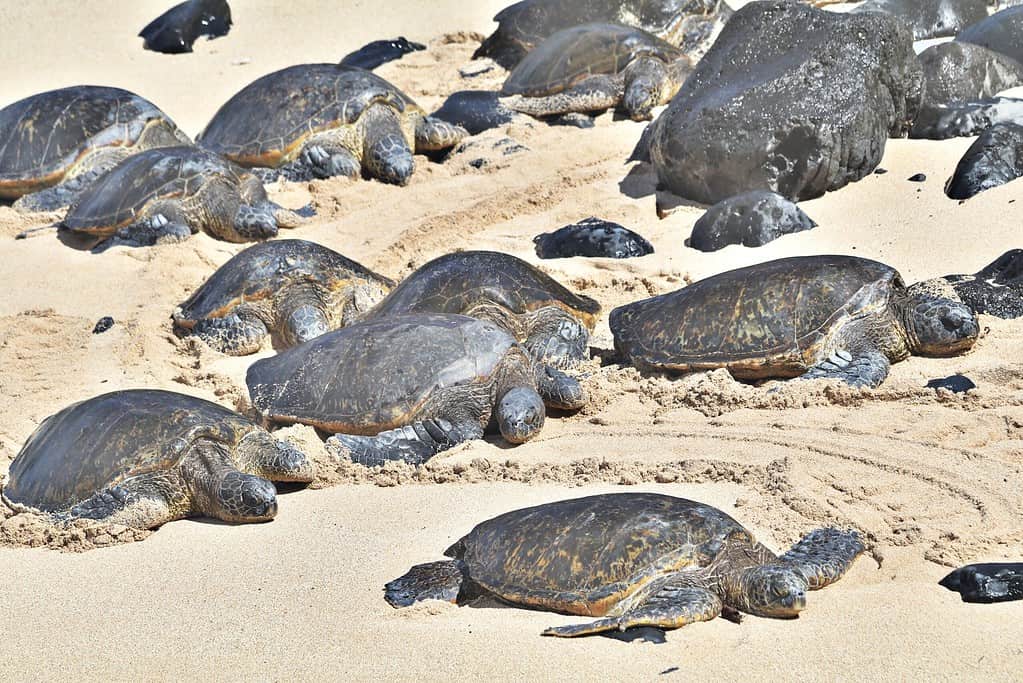
Snorkeling Safety and Comfort
When you’re exploring the beautiful underwater world of Hawaii, ensuring your safety and comfort is paramount. That means equipping yourself with the right gear, from flotation devices to protective clothing, to enjoy your snorkeling adventure worry-free.
Snorkel Vests and Water Shoes
Snorkel Vests: Your safety should always come first. A properly fitted life vest can give you the buoyancy necessary to maintain a comfortable position in the water, allowing you to focus on the stunning aquatic life without fatigue. Wearing a vest is a good idea if you’re not a confident swimmer or snorkeling in areas with strong currents.
Water Shoes: Sharp coral, slippery rocks, and unexpected underwater hazards make water shoes a smart addition to your snorkeling gear. They protect your feet from the water during entry and exit and enhance your grip on wet surfaces.
Rash Guards and Sun Protection
Rash Guards: To prevent sunburn and abrasions from your equipment or the environment, wearing a rash guard is your best bet. They offer an extra layer of protection against the intense Hawaiian sun while also being quick to dry.
Sun Protection: Protecting your skin from harmful UV rays is crucial. The best way to safeguard your skin while preserving Hawaii’s delicate coral reefs is by using reef-safe sunscreen. Make sure to apply it generously on parts of your body that your rash guard does not cover. It’s important to remember that covering up with clothing is often more effective than any sunscreen.
Hawaiian Snorkeling Destinations
Snorkeling in Hawaii offers unparalleled experiences with diverse marine life and breathtaking beach locations. From swimming alongside sea turtles to exploring vibrant coral reefs, you’re in for a treat at these paradise snorkeling destinations.
Beach Locations and Marine Life
- Sharks Cove: Nestled on Oahu’s North Shore, Sharks Cove boasts a panoramic view of the Pacific and is a great place for snorkelers of all levels. Despite its name, it’s known more for the cornucopia of colorful fish and intricate lava rock formations than for actual sharks!
- Sugar Beach: At Maui’s Sugar Beach, you get a long stretch of sand with calm waters, ideal for spotting sea turtles and various tropical fish. Sugar Beach is especially suitable if you prefer a leisurely snorkeling experience with the comfort of resort amenities nearby.
- Poipu Beach Park – Poipu Beach is often celebrated as one of the best snorkeling beaches on Kauai and is a favorite for families and snorkelers of all skill levels. The beach is divided into two bays by a narrow sand spit, a tombolo. When facing the ocean, the left side of the beach features a shallow, rocky area that’s great for beginners and children. The right side offers a larger area with a reef that attracts a variety of marine life, including colorful fish, sea turtles, and occasionally monk seals.
- Kahalu’u Beach Park – This beach is a snorkeling paradise on the Big Island’s Kona Coast, known for its easy access, abundant marine life, and educational resources. The bay is partially protected by a breakwater, providing sheltered and calm waters ideal for snorkeling, especially for beginners or those less confident. The clear, shallow waters of Kahalu’u are teeming with colorful coral formations and a wide variety of tropical fish, and it’s not uncommon to spot Hawaiian green sea turtles (honu) grazing on the algae or basking on the shore.
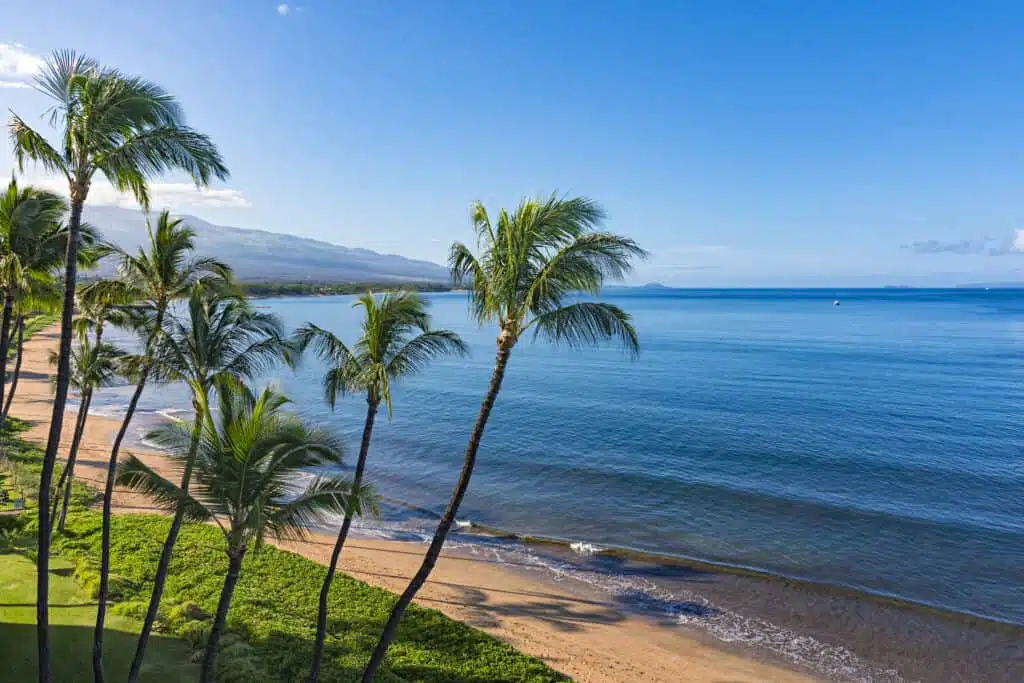
Best Snorkeling Tours
Best Snorkeling Tours on Maui
Snorkeling Tour to Molokini: Set sail from Maui on a snorkeling tour that will take you to the iconic crescent-shaped Molokini crater. This is a snorkeler’s paradise with visibility up to 150 feet and a sanctuary for marine life, including vibrant fish and, sometimes, peaceful reef sharks.
Honolua Bay: Located on the northwestern coast of Maui, it is a snorkeler’s paradise for its crystal-clear waters and vibrant marine life. Sheltered by rocky cliffs, this Marine Life Conservation District teems with diverse tropical fish, healthy coral formations, and sightings of sea turtles. The bay’s calm and protected waters offer an underwater spectacle for snorkelers of all levels, making it a must-visit destination.

Kauai Best Snorkeling Tours
Na Pali Coast Snorkel Adventure: Embark on a snorkeling tour along Kauai’s Na Pali Coast, where the dramatic cliffs provide a stunning backdrop to your underwater exploration. Here, you can immerse yourself in the crystal-clear waters and witness a lively ecosystem teeming with fish and other sea creatures.
Koala Landing Snorkel Adventure: This is a popular snorkeling spot in Poipu on the South Shore of Kauai. Snorkeling at Koloa Landing offers a serene and engaging experience, with the site being a former boat launch with easy entry to the water. The area is renowned for its diverse marine life, including various tropical fish, sea turtles, and, occasionally, Hawaiian monk seals. The protected cove-like area features a mix of rocky and coral reef terrain, providing habitats for different species. While it may not have the extensive coral formations of other top snorkeling spots, Koloa Landing’s convenient shore access and abundant sea life make it a worthwhile destination for beginner and seasoned snorkelers.

Best Big Island Snorkeling Tours
Manta Ray Nighttime Snorkel Adventure: The Manta Ray Nighttime Snorkel Adventure on the Kona Coast of the Big Island of Hawaii offers a surreal experience, where snorkelers can observe the gentle giants of the sea, the manta rays, in their natural habitat. Equipped with underwater lights that attract plankton, the main food source for the rays, snorkelers can witness these creatures as they somersault and glide through the water just inches away, creating a truly magical and unforgettable experience.

Captain Cool Kealakekua Bay: Kealakekua Bay offers an exceptional underwater adventure where history and natural beauty converge. The bay, a marine sanctuary, boasts some of the clearest waters in Hawaii, with visibility often exceeding 100 feet. As snorkelers explore the vibrant and pristine coral reefs, they are greeted by a colorful array of tropical fish, spinner dolphins, and perhaps even a Hawaiian green sea turtle. The Captain Cook Monument, standing sentinel at the edge of the bay, marks where the British explorer first made contact with the Hawaiian Islands, adding a touch of historical significance. It is a top destination for snorkeling enthusiasts on the Big Island.
Best Oahu Snorkeling Tours
Snorkeling Shark’s Cove: Snorkeling at Shark’s Cove on Oahu’s North Shore offers a unique and exhilarating experience within a lava-rock bay named for its shape rather than its inhabitants. This natural sea pool, part of Pupukea Beach Park, is a marine life conservation area teeming with abundant tropical fish, sea turtles, and, during calm seas, a maze of underwater caves and tunnels to explore. The cove’s relatively shallow waters and the absence of strong currents make it a haven for snorkelers, who can delight in the clear visibility and the wide variety of marine ecosystems, from coral reefs to rock formations, all within a dramatic and rugged coastal setting.
Hanauma Bay: Nestled on the southeast coast of Oahu, it is a natural crescent-shaped snorkeling haven and a protected marine life conservation area. The bay’s calm, shallow waters are home to hundreds of species of colorful tropical fish and living coral, offering snorkelers of all skill levels the chance to experience the vibrant reef. The tranquil, clear blue waters and the informative educational center dedicated to preserving the bay’s delicate environment make Hanauma Bay a top spot for snorkeling.
For your safety and the best experience, always choose a reputable snorkeling tour with the proper gear and guidance to ensure a memorable and secure snorkeling adventure.
Remember, each Hawaiian snorkeling destination offers a unique encounter with the ocean’s wonders, making it a must-do activity during your visit.

Gear Maintenance and Storage for Snorkeling Gear
Ensuring your snorkeling gear is well maintained and properly stored can extend its lifespan and make your adventures more enjoyable. Proper care prevents malfunction and wear, so you can use your gear to swim after swimming.
Cleaning and Storing Your Equipment
After snorkeling, it’s important to thoroughly clean your gear to remove salt, sand, or chlorine, which can degrade materials over time. Rinse your mask, snorkel, and fins with fresh water immediately. You can soak the gear in warm water with a mild detergent and then rinse thoroughly for a deeper clean. Once your gear is clean, be sure it’s completely dry before storing it to prevent mildew or bacteria growth.
Storing your equipment in a mesh bag allows air circulation, which aids in drying and keeps your gear organized. When choosing a storage location, avoid direct sunlight and extreme temperatures, which can warp or crack your snorkeling essentials. Find a cool, dry place, perhaps a dedicated area in your closet or garage, to keep your equipment safe and out of the way.
Traveling with Snorkeling Gear
Bringing your snorkeling gear on trips ensures comfort and fit, often leading to a better experience. To save luggage space, pack smart. Fins can be slotted along the edges of your suitcase, while your mask and snorkel can be nested inside shoes or packed with clothing for added protection. If you have a soft travel case specifically for dive gear, use it – it’s designed to protect your equipment during transit. Remember, investing in your equipment may cost upfront, but it saves you from rental fees and gives you gear that fits perfectly, often at a great price over time.
Remember, some airlines have weight and size restrictions, so pack your equipment accordingly to prevent extra fees or the hassle of repacking at the airport. For another unforgettable snorkeling adventure, you can head to Hawaii’s crystal-clear waters with neatly stowed gear.
Optimizing Your Snorkeling Experience
Hawaii offers an incredible experience for snorkelers, blending tropical waters with diverse marine life. To fully enjoy your underwater adventure, consider the timing of your excursion and learn about the marine ecosystem you’re about to explore.
Choosing the Best Time for Snorkeling
Summer Months: Aim to snorkel during the summer, when Hawaii’s waters are typically the calmest. This is when visibility soars, making it ideal for observing the intricate details of the coral reefs and the vibrant colors of the fish.
Whale Season: Plan your snorkeling trip between December and April to glimpse the majestic humpback whales. This is whale season in Hawaii, offering a unique opportunity to snorkel while these gentle giants are in the vicinity potentially. You can hear the humpback male’s unique songs if you are in an area where they are nearby.
Marine Life Protections
It’s crucial to understand and respect the marine ecosystem. Familiarize yourself with local guidelines and regulations to protect Hawaii’s delicate coral reefs and marine inhabitants.
Tropical Waters Preservation:
Remember that the tropical waters of Hawaii are home to countless species. Using reef-safe sunscreen can help minimize your environmental footprint and safeguard marine life, contributing to an unforgettable snorkeling experience.
Respect the Coral Reefs:
Coral reefs are delicate ecosystems that can take decades to grow. Avoid standing on or striking the coral with your fins when snorkeling or diving, as even the slightest contact can cause significant damage. Exercise extra caution in areas with low surf and proximity to coral formations. Remember, these natural wonders are a testament to Mother Nature’s artistry and require utmost respect and care.
Interact Responsibly with Marine Life:
The underwater world is home to many creatures, each playing a vital role in the ocean’s health. It’s important not to touch or disturb marine animals, as humans can inadvertently transmit diseases to which these species have no immunity. Additionally, avoid harassing or chasing marine life; observe them quietly and respectfully to ensure their well-being and yours.
Preserve the Beach Environment:
Beaches are more than just beautiful destinations; they are habitats that need protection. When visiting, strive to leave the area as you found it, or even cleaner, to safeguard these environments for future visitors and the wildlife that depends on them—collecting sand, coral, or shells as souvenirs can harm the ecosystem. Instead, take photos and memories, leaving only footprints behind.
Understand Ocean and Weather Conditions:
Before entering the ocean, it’s crucial to assess the conditions. Look for signs such as whitecaps or rough tides indicating unsafe swimming conditions. Be aware of the area’s currents, which can be strong and unpredictable. Always check the local weather forecast and avoid swimming in dark or murky waters, which can conceal hazards. Pay attention to any flags on the beach and adhere to their warnings. By being informed and cautious, you can enjoy the ocean’s beauty safely and responsibly.
Final Thoughts on Snorkeling Gear for Hawaii
When you’re getting ready for a snorkeling adventure in Hawaii, there are some key items to pack to ensure your enjoyable and safe experience. Here’s a quick checklist to help you prepare:
Essential Snorkeling Gear:
- Mask: Ensure you have a properly fitting mask: it’s crucial for clear vision and comfort.
- Snorkel: A high-quality snorkel will help you breathe easily while exploring underwater.
- Fins: Look for a comfortable set of fins to help you move through the water with minimal effort.
Additional Items:
- Sunscreen: Choose a reef-safe sunscreen to protect your skin and the environment. The Hawaiian sun can be intense!
- Aloe Vera: For after being out in the sun all day.
- Rash Guard or Wetsuit: For sun protection and warmth, especially if you’re snorkeling for an extended period.
- Flotation Device: If you’re not a strong swimmer or prefer extra buoyancy.
- Waterproof Camera: To capture the vibrant underwater life.
- Towel and Change of Clothes: Stay dry and comfortable after snorkeling.
Remember to consider your personal comfort and safety needs when selecting your gear. Happy snorkeling!
Frequently Asked Questions
When planning your snorkeling adventures in Hawaii, you might have questions about gear rental, types, and costs. This section aims to clear up your doubts and help you make well-informed decisions for your underwater excursions.
Typically, snorkel gear rental in Hawaii ranges from $5 to $20 per day, but this can vary based on rental duration and equipment quality. For more detailed pricing, refer to businesses like Snorkel Bob’s, which offers a variety of rental options.
High-quality, comfortable, and well-fitting gear is crucial for a good experience. Brands that offer wide visibility masks and dry or semi-dry snorkels are often recommended for the clear Hawaiian waters.
The answer depends on how frequently you plan to snorkel. Short-term visitors might find renting more economical, while those staying longer or visiting frequently may benefit from purchasing their gear. Weigh your options by considering the rental versus purchase costs.
Fins are not mandatory but can greatly enhance your snorkeling experience by allowing easier swimming, especially in currents. Some snorkelers prefer to go without fins, but they can be helpful.
You can find budget-friendly snorkeling equipment at local shops, discount stores, or by renting from reputable providers. Comparison shopping can help you find the best deals. Snorkel Bob’s typically offers competitive rental prices.
Bringing your gear ensures a perfect fit, hygiene, and comfort. On the other hand, renting in Hawaii eliminates the need to transport equipment and can be more convenient.
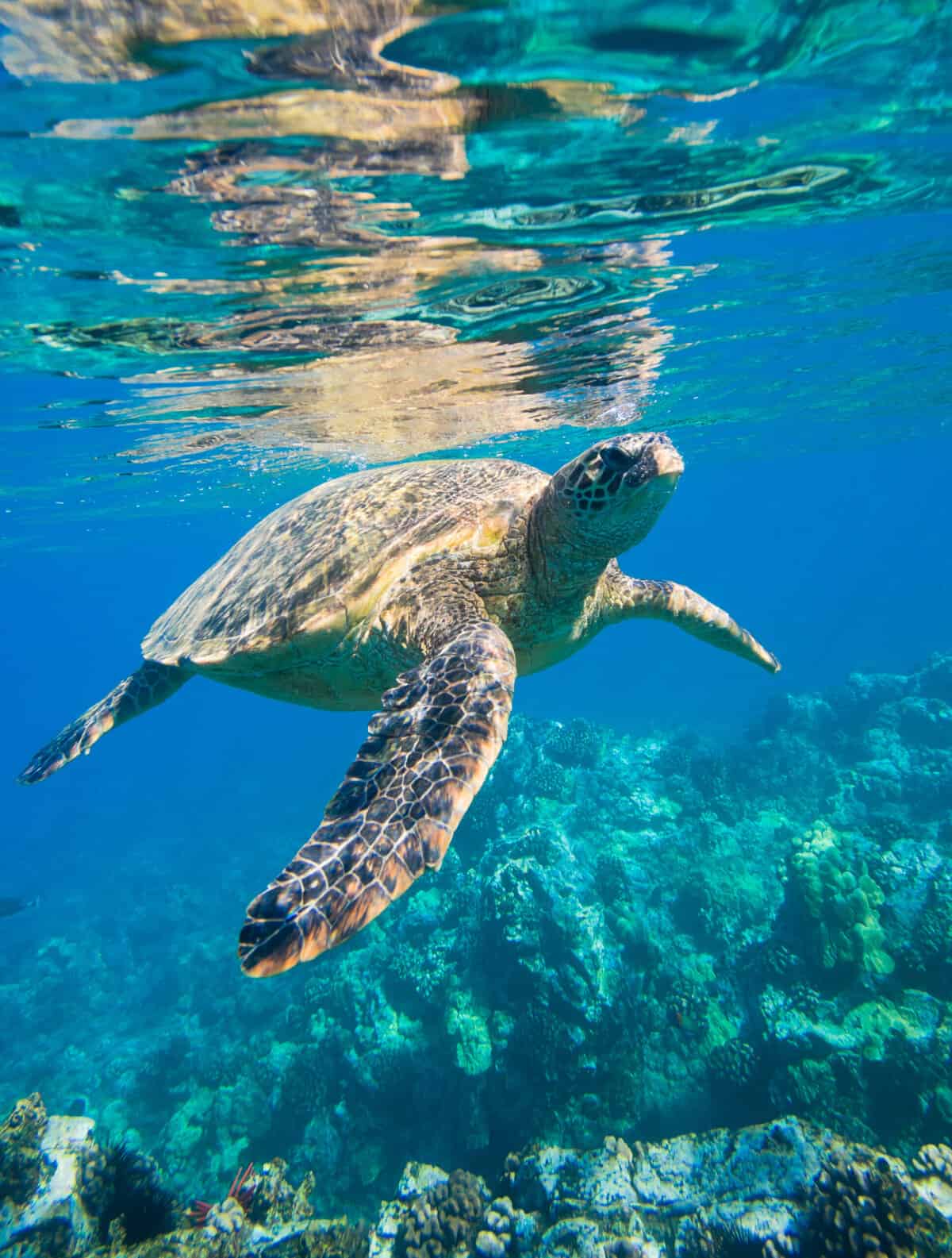



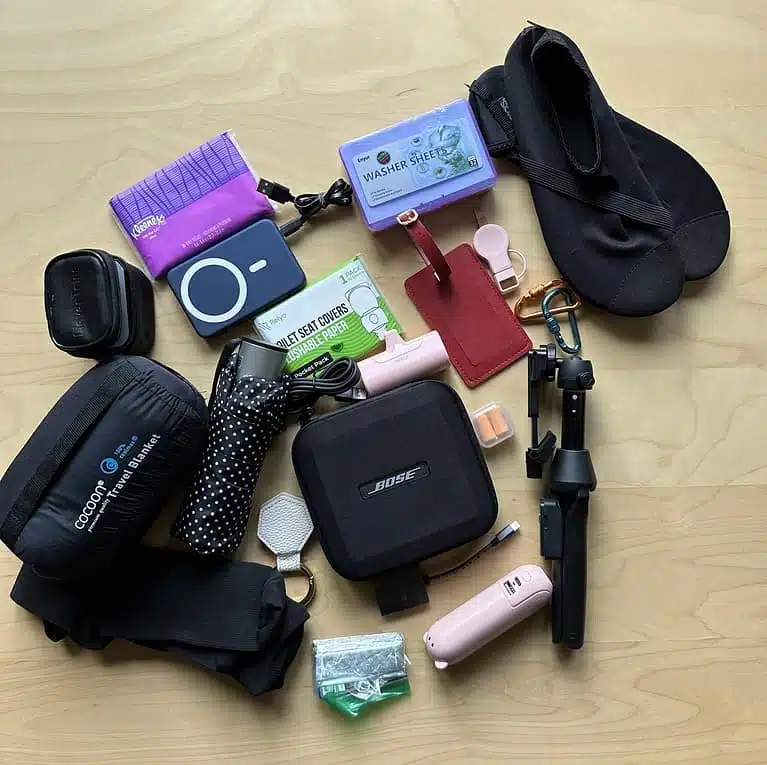

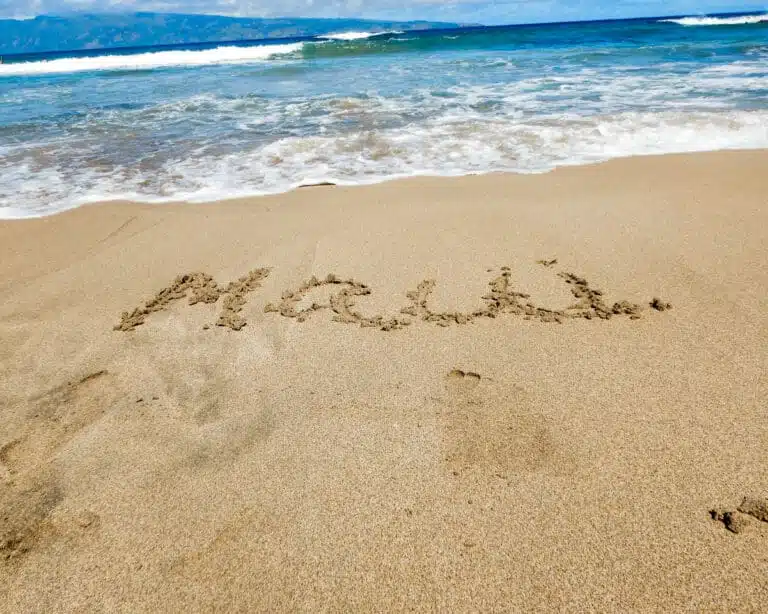
I always love water-based activities on my travels! I’d love to go snorkelling in Hawaii! Thanks for sharing your recommendations on equipment gear.
This is a great guide on selecting the right equipment to enjoy snorkeling in Hawaii. Love all the practical tips!
So much beautiful wildlife in Hawaii, you have definitely shared some excellent advice
Great post! I had never thought about bringing my own snorkeling gear, but now that I am traveling more, I think it’s a must! Thanks for the great tips.